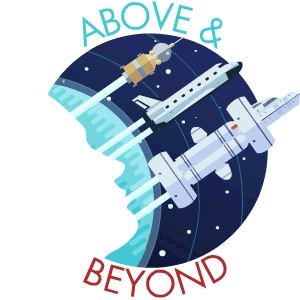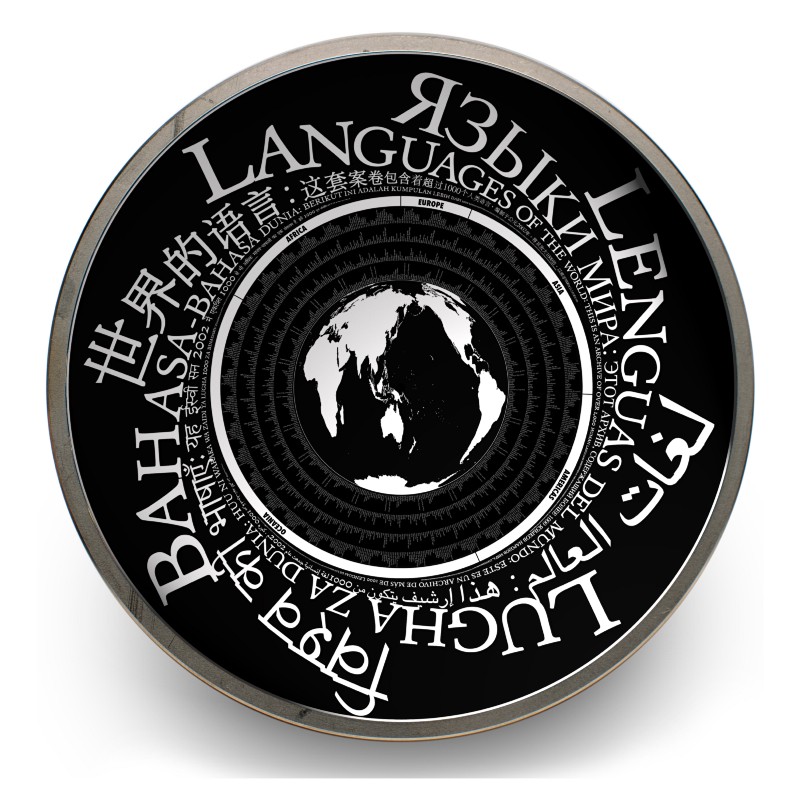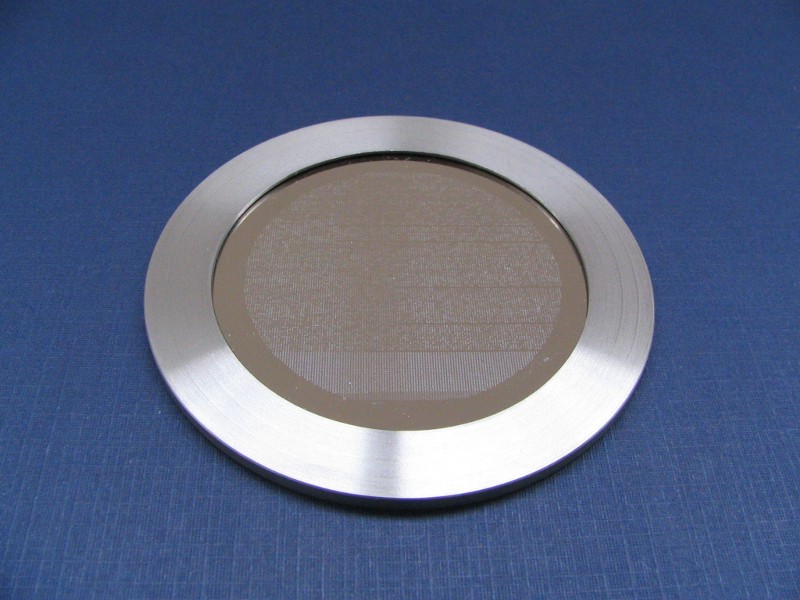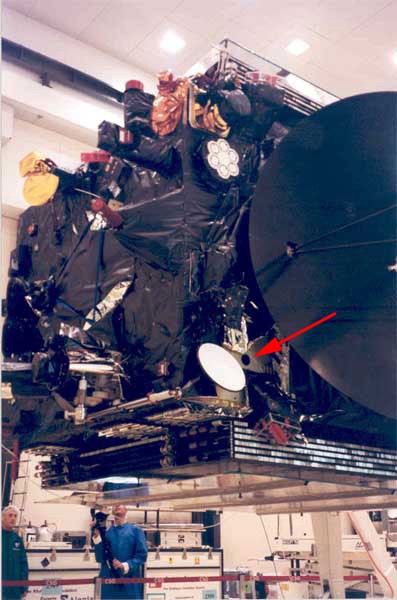

Over 310 million miles from Earth, the European spacecraft Rosetta is orbiting Comet 67P. Its instruments are busy gathering data that will help scientists unravel the origins of our solar system.
One day, those sensors, like the tiny Philae lander that reached the comet’s surface last week, will lose power and fail. Eventually, the orbiter itself will go dark, reduced to spinning silently around the city-sized comet for hundreds and thousands of years to come.
But its mission will not be over. For one artifact on the Rosetta spacecraft has a duty whose duration is measured not in seconds, weeks or years but in millennia. It takes no power, has no electronics and can fit in the palm of a hand, but its assignment is more ambitious than any on board: to transmit human culture and civilization into the far distant future.
In July of 1799, soldiers of Napoleon’s army were renovating a fort near the port city of Rosetta (now Rashid) in Egypt. As they moved masonry around, Lieutenant Pierre-François Bouchard noticed a huge stone covered in three different inscriptions. The 1,675-pound granite slab was part of an ancient stele, a monument carved 2,000 years earlier when Egypt was ruled by the Greeks. Those three inscriptions were actually the same message written in three different scripts: Egyptian hieroglyphs, Demotic and ancient Greek. Within 25 years, French and English scholars had used the parallel texts to decipher hieroglyphs and unlock the rich history of ancient Egypt.
Fast-forward to 1996 when computer scientist Danny Hillis was suffering from pre-millennial blues. “When I was a child, people talked about what would happen by the year 2000,” he wrote. “For the next 30 years they kept talking about the year 2000, and now no one mentions a future date at all. The future has been shrinking by one year per year for my entire life.” His solution to encourage truly long-term thinking was to propose a clock that would tick once a year and chime once a millennium.
He gathered like-minded thinkers, including musician Brian Eno and Stewart Brand, co-founder of the Well, one of the first virtual communities. Together, they formed the Long Now Foundation, hoping to offer a counterpoint to the speed of today’s culture and help make long-term thinking more common.
As a companion to its 10,000 Year Clock, the foundation is planning a similarly long-term library that will contain the best and most useful books from the last five millennia, spanning high literature to synthetic genomics.
“Trying to push our knowledge into a very distant future is very tricky,” said Laura Welcher, a linguist at the Long Now Foundation. “All our books are written in languages we speak today, and all languages change over time, so how will people thousands of years from now be able to read them?”
Future historians’ mother tongues might derive from any of the 6,000-odd languages currently in use, and those historians are likely to need assistance translating their way into the intellectual treasures of the Long Now library.
The solution, the foundation figured, was to create a modern-day Rosetta Stone, but one far more portable and vastly more useful than a stone block. “It could be like a secret decoder ring to all the information that was left in the written form of our human languages,” said Dr. Welcher.

The foundation’s first step was to gather vocabulary lists, grammatical information and demographic data on 1,500 of the world’s most widely spoken languages. The next was to choose a parallel text that existed in (or could be translated into) all of them.
Although the United Nations’ Universal Declaration of Human Rights was an early contender, the foundation eventually decided on the first three chapters of Genesis. “It’s not that we have any religious take on it,” explained Dr. Welcher. “But Christian missionaries have translated the Bible into a tremendous number of languages–you can find one almost anywhere in the world.”
While a team of linguists prepared the translations, engineers began work on the physical design of the new Rosetta device. Any thoughts of preserving the data digitally were discarded immediately–floppy discs as little as a decade old are already unreadable on modern computers. The passage of millennia would render any digital device utterly obsolete.
Instead, the foundation opted for readable text, miniaturized to fit on a tough three-inch metal disc. One side, made from pure titanium, had an oxide coating etched to reveal the whiter metal beneath. It showed eight major languages spiraling ever smaller toward a graphic representation of the Earth, with a list of the languages by region.
The flip side was nickel, deposited on etched silicon. It relied on technologies similar to those used for making computer chips to carve out letters, numbers and characters instead of electronic circuits. The first finished disc would eventually have 13,500 pages (each just half a millimeter wide) and cover 1,500 languages.

But long before it was finished, a unique opportunity presented itself. In the early 2000s, engineers from the European Space Agency (ESA) heard about the Long Now’s linguistic project. They wanted a Rosetta disc to travel on a comet mission of the same name, an update to the famous Golden Record launched on NASA’s Voyager deep space probes in 1977. This 12-inch gold-plated copper phonograph contained spoken greetings in 55 languages (assuming that extraterrestrial scholars could locate a 16.7-rpm record player). The Long Foundation rushed a prototype containing around 6,000 pages down to French Guiana, and it was duly launched in 2004 on the side of the Rosetta spacecraft. And there the disc remains, already forgotten by most scientists from the ESA but still the only existing off-world repository of human language.
Ironically, there may eventually be more languages orbiting a far-off comet than are spoken here on Earth. A tenth of all languages are now spoken by fewer than 10 people, and one goes extinct every few months. As the world continues to globalize, up to half of all languages are expected to disappear over the next century.
The Long Now Foundation is trying to slow that process. The latest Rosetta disc squeezes all 13,500 pages onto a single-sided disc, slashing its cost from $25,000 to just $10,000 each. But that’s still far too expensive for Dr. Welcher. “The cheaper they are, the more we can make, and the better our chances are that some will survive,” she said. “It would be totally cool to have a subset of the collection that you could wear around your neck or on a watch face.”
Although work on future discs continues, the written, audio and video material accumulated by the Rosetta Project has outgrown the capacity of any physical device. Now housed online at the Internet Archive, the Rosetta Project includes classic literature, original texts and spoken stories. “But one of the best ways to keep languages alive is to keep them spoken,” said Dr. Welcher. The Foundation holdsregular Record-a-thons, community taping sessions that see up to 50 rare languages spoken in one place on one day. These linguistic resources can then be used by cultural centers and schools for teaching or to build digital tools like spellcheckers that are seldom available outside the most common languages.
One such project is PanLex, which aims to crunch through every bilingual dictionary in the world. The resulting (open source) vocabulary database could then express any concept in any dialect–permitting digital translation services between rare languages for the first time. “If a small language can suddenly be translated into every other language, it suddenly has currency. There’s less motivation to shift to a more popular tongue,” said Dr. Welcher.
Another computational linguistic tool is an Android app called Aikuma that lets untrained users record rare languages for posterity. The app enables native speakers to rerecord and translate spoken words, aligning them in time with the original recording. Eventually, Dr. Welcher hopes that speech recognition systems will completely eclipse the need for time-pressed (and expensive) linguists.
While the official aim of Long Now’s Rosetta Project is to help humans reboot civilization after a catastrophe, Dr. Welcher is focusing on keeping languages alive for the here and now. “We don’t know what we all lose as human beings when we lose a language,” she said. “It’s like we have this huge encyclopaedia that we’ve been carrying, and we give it to the next generation with all the pages ripped out except for one section.” And if the worst does happen, there’s always a handy dictionary a mere 310 million miles away.



How We Get To Next was a magazine that explored the future of science, technology, and culture from 2014 to 2019. This article is part of our Above & Beyond section, which looks at our understanding of the universe beyond Earth. Click the logo to read more.
